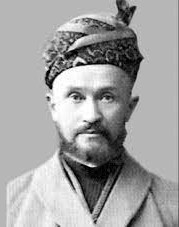
Hasan-Gata Gabashi was a religious and public figure, historian, teacher.
He was born in January 11, 1863 in Maly Sulabash village, Kazan district, Kazan province. He received his primary education at home, and from 1874 to 1886, he attended the Madrasah Gaffaria at the Azimov Mosque (Kazan city) to further his education before remaining to work as a primary school teacher there While studying at madrasah he pursued independent studies in the areas not covered by the qadimist curriculum. He studied history, geography, natural history, mathematics, and the Russian language in addition to other subjects. He got acquainted with well-known figures from his era, including Shihabutdin Marjani, Qayum Nasyri, G. Mahmoudi, professor-orientalist Joseph Gottwald, Ismail Gasprinsky, Shihab Akhmerov, professor Nikolay Katanov and Galimjan Barudi.
Even while he was a student at the madrasah, Gabashi set his own priorities for future endeavors. Among his top priorities, he lists the need to combat Islamism’s backwardness, inertia, and narrowness as well as the eradication of archaic customs. He planned primarily to use varied education and mental development as his main tools. Gabashi used a new teaching method while working as a teacher at the Yunusov brothers Muslim orphanage in Kazan in 1889. He had been an akhund since 1894 and was appointed imam khatib of the mosque in Maly Sulabash village in 1890. Gabashi was a qadi of the Orenburg Mohammedan Spiritual Assembly in 1895-1899, while also teaching at the Galiya and Usmaniya madrasahs and being a member of various patronage charitable societies. Due to illness, he returned to Maly Sulabash village in 1899. With the financial support of the merchant Husainov, he established a new method school there, teaching history, geography, and the culture of the peoples of the East in addition to traditional subjects. Six years later, the qadi returned to his job at the Orenburg Mohammedan Spiritual Assembly. Having worked there until 1915, he returned to the madrasah of Maly Sulabash village. Gabashi also took part in political activities: he participated in the work of the First (elected member of the Presidium) and the Second All-Russian Muslim Congresses. Since 1917, he worked as a muhtasib of the second muhtasibat of the Kazan district with a center in Maly Sulabash village, at the same time he was involved in research and teaching activities.
After the October Revolution Gabashi taught at the pedagogical courses of the Arsky canton. He played a big role in the preparation of the Tatar-Muslim collection of the Central Museum of the Soviet Union. In 1923, he was a member of the Council of Theologians of the Central Spiritual Board of the Muslims of Inner Russia and Siberia. In 1890, Gabashi published a collection of poems by his grandfather G. Gabashi Kholasat-el-Bayan (Selected works), as well as studies on the history of Sharia Ysule Fiqh Tarikhi (History of the fundamental of fiqh). He also wrote the following works: Turk yruglary (Kazan, 1897), Mukhtasar tarikh qaume turk (Kazan, 1899), Mufassal tarikh qaume turk (Kazan, 1909). Gabashi was arrested, convicted, and sentenced to corrective labor in the Arkhangelsk region in January 1932. For health reasons, he was released in early 1936. He died in August 7, 1936 and was buried in Maly Sulabash village.
